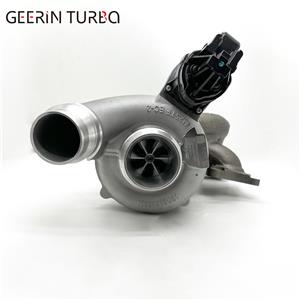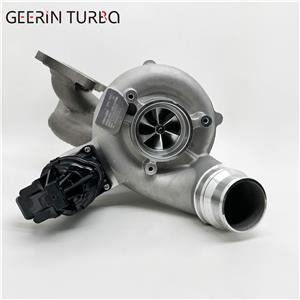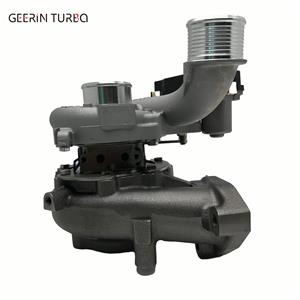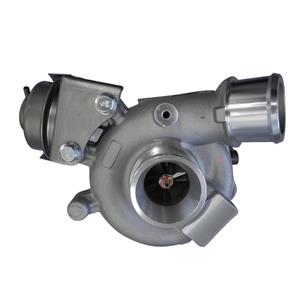Analysis of Vibration Characteristics of Turbocharger Moving Blades
Analysis of Vibration Characteristics of Turbocharger Moving Blades
The turbocharger moving blade is one of the most important parts in the gas turbine. Under the high temperature and high pressure, it is subjected to centrifugal force and aerodynamic force, as well as vibration, erosion, oxidation, etc., and the working conditions are very bad, so blade failure occurs from time to time. It accounts for more than 40% of gas turbine accidents, and the resulting losses often account for about half of the losses caused by gas turbine accidents. In this sense, the black and white of a gas turbine performance depends on whether the blade design is reasonable or not. At present, it is a feasible and common way to meet the rapid expansion of power generation and various power installation capacities by lengthening the blades (increasing the smooth flow area) and increasing the unit speed (increasing the bearing capacity of the blades). This not only causes the working stress of the blade to increase, but more importantly, the supercharger moving blade will also cause the blade to resonate within the range of its working speed and cause failure, and the reliability of high-cycle fatigue is also reduced. Therefore, it is very important to analyze and study the vibration characteristics of the blade to ensure that it does not resonate within the operating speed range of the engine and to improve the reliability of its high cycle speed. Studying the inherent vibration characteristics of blades to eliminate blade failures and improve reliability has always been a very concerned issue in the design, production and use of gas turbines.





